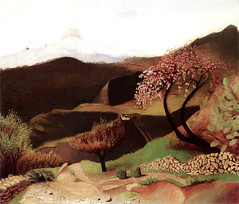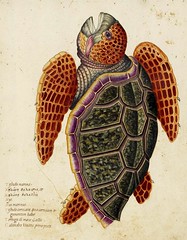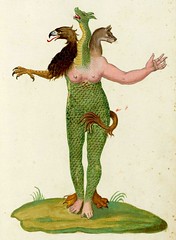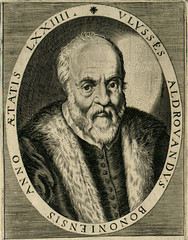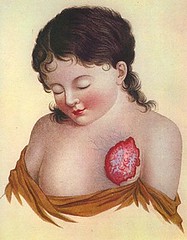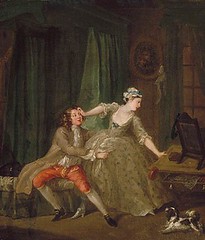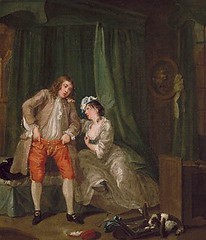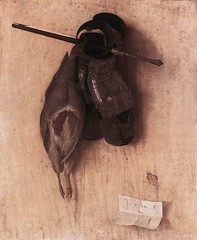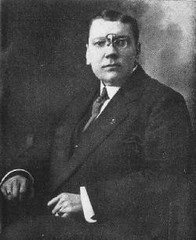Various visuals, discovering the pleasures of Flickr
Work by Tivadar-Kosztka-Csontvary, sourced here, it reminds me of this painting.
Tivadar Kosztka Csontváry (1853-1919) was a Hungarian painter. He was one of the first Hungarian painters to become well-known in Europe.
Work by Ulisse Aldrovandi, sourced here.
Work by Ulisse Aldrovandi, sourced here.
Ulisse Aldrovandi (1522 – 1605)
Ulisse Aldrovandi (1522 – 1605) was an Italian naturalist, the moving force behind Bologna’s botanical garden, one of the first in Europe. Carolus Linnaeus and the comte de Buffon reckoned him the father of natural history studies. He is usually referred to, especially in older literature, as Aldrovandus.
Work by Jean-Louis Alibert. Ilness illustrated is Haematoncie framboisée, painted by Valville and engraved by Tresca.
Jean-Louis-Marc Alibert (1768 – 1837) was a French dermatologist.
Before (1736) – William Hogarth
After (1736) – William Hogarth
Inspired by Gershon Legman’s book Rationale of the Dirty Joke, in which Legman tells of a joke where a woman and a man are window shopping and the man promises the woman everything she likes. After having made love, the man refuses everything he’d promised saying: “When I am hard I am soft, when I am soft I am hard”. Like John Currin today, Hogarth was an excellent portraitist of the condition humaine.
Still-Life with Partridge and Iron Gloves (1504) – Jacopo de’ Barbari
Jacopo de’ Barbari, sometimes known or referred to as: de’Barbari, de Barberi, de Barbari, Barbaro, Barberino, Barbarigo or Barberigo etc., (c. 1440 – before 1516) was an Italian painter and printmaker with a highly individual style. He moved from Venice to Germany in 1500, making him the first Italian Renaissance artist of stature to work in Northern Europe. His few surviving paintings (about twelve) include the first known example of trompe l’oeil since antiquity. His twenty-nine engravings and three very large woodcuts had a considerable influence. —Wikipedia
Anna P., who lived for many years as a man in Germany, was photographed for Magnus Hirschfeld’s book Sexual Intermediates in 1922. Today, Anna would probably be considered to be transgender.

